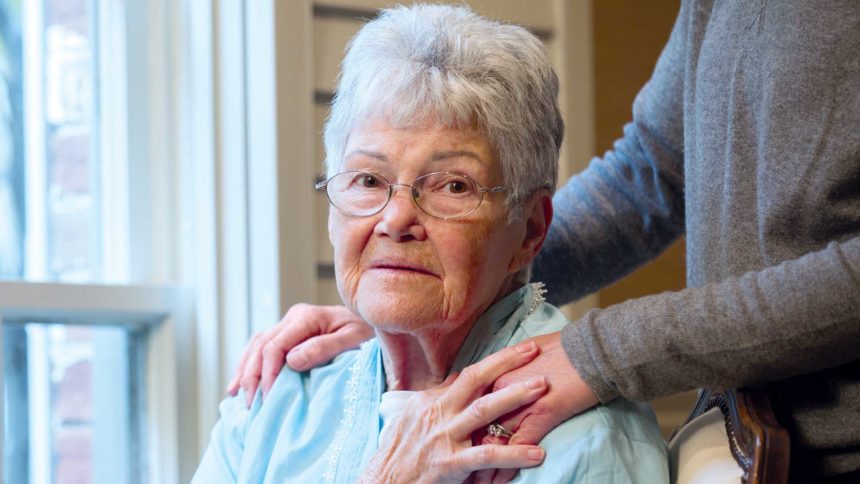
Although many wearable devices aimed at older adults have features that detect signs of specific diseases such as Parkinson’s, new research shows that they could screen for more broad, chronic conditions such as frailty.
By analyzing older adults’ patterns of sleep and exercise, data collected from wearable devices could help demonstrate a risk of frailty more than six years before its onset, a new study shows.
“Our study demonstrates that wearable devices could represent an important tool for long-term health monitoring in older adults,” study lead author Ruixue Cai said in a statement. “Frailty can reduce quality of life and detecting it early or predicting who is at risk could help us intervene to promote healthy aging.”
Although less ominous-sounding than Alzheimer’s or Parkinson’s, frailty is a major concern among senior living and care residents and can lead to a variety of complications, from weight loss to a heightened risk of more fatal diseases.
Up to 90% of nursing home residents already are frail or are considered to be in a pre-frail state, according to one review.
The study on wearables was conducted at Brigham and Women’s Hospital in Boston and involved more than 1,000 participants whose collective mean age was 81; the cycle of sleep and wakefulness the wearables are designed to track is defined in the research as “circadian rest-activity rhythm.”
Maintaining healthy patterns of sleep — and better quality of sleep — is very important for older adults’ quality of life; some senior living and care operators have smart lighting systems installed to help address this concern.
Due to the more nebulous nature of a frailty diagnosis, a recent study recommended a new frailty “score” that evaluates the condition along a spectrum, rather than suggesting an older adult either is “frail” or “not frail,” the McKnight’s Clinical Daily reported last month.




